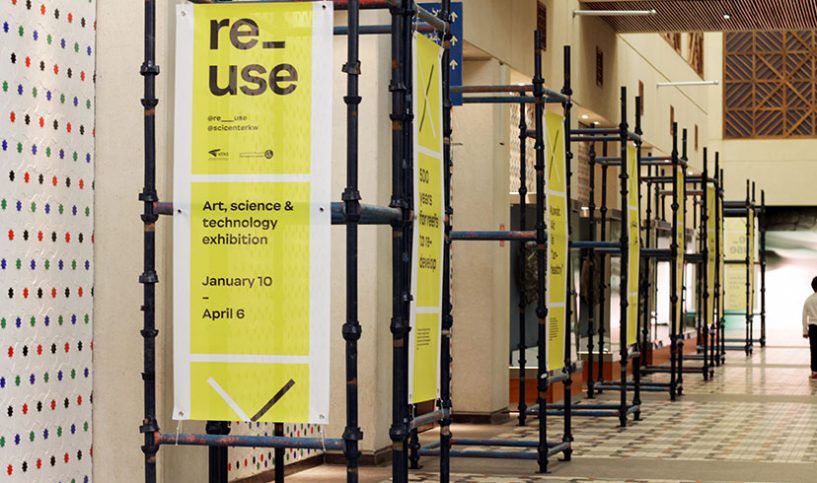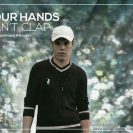You already know that global climate is taking a hit. You also know that we only get one planet which comes with a “you break it, you buy it” policy and we are already paying for it.
The Scientific Center Kuwait has decided to take action. Last June they worked with the UNDP and hosted an event titled “Beat the Plastic” which helped raise awareness, while at the same time pledging to make long-term changes to their policies that would help eliminate plastic pollution, especially the ones caused by single-use-plastics SUPs.
Immediately after their collaboration with the UNDP’s sustainability program, they banned the use of SUPs and now use glass cups instead of plastic cups for water in their administrative offices.
They have also replaced plastic bags in the Gift Shop, instead they offer their customers paper bags or the option of purchasing reusable canvas totes. Visitors can also purchase S’well bottles to reduce their plastic bottle consumption. And if you are observant, you will have noticed Omniya’s recyclable collections boxes around the premises.
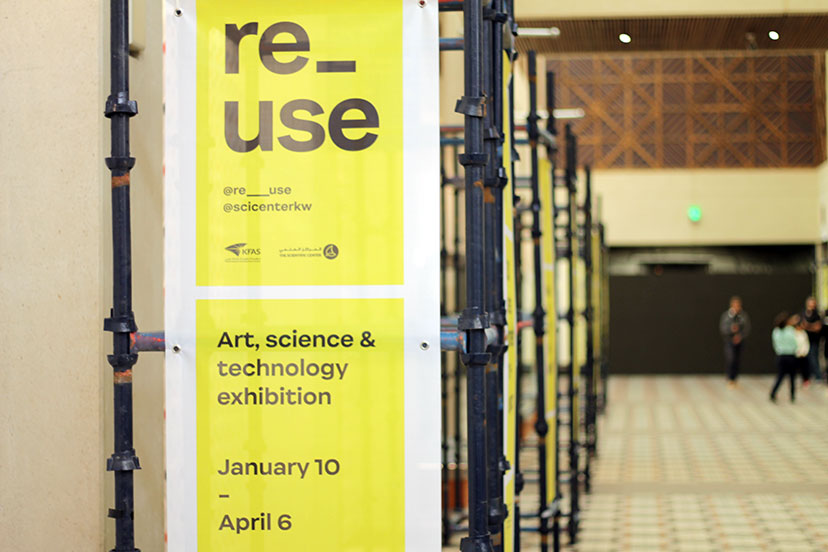
Re_Use Exhibit at the Discovery Place. Source: bazaar Studios
This year they have undertaken a huge project in collaboration with the Re_Use project. It is part art, part science and part hands-on experience to help the public realize the effect of pollution in Kuwait and offer a thought-provoking platform for change.
The exhibit, which opened on January the 10th and will run through April the 6th, has been in the making since 2018 when they invited creatives and artists to send in their proposals for pieces that would help drive the message to a large audience.
The result is twenty installations that are a beautiful mixture of art and technology to show just how terrible the effects of pollution can be on our immediate surroundings and on the long-term. The exhibit starts before you enter the Discovery Center. The corridor is lined with posters in Arabic and English, giving you specific statistics and numbers on the effects of bad practices on Kuwait.
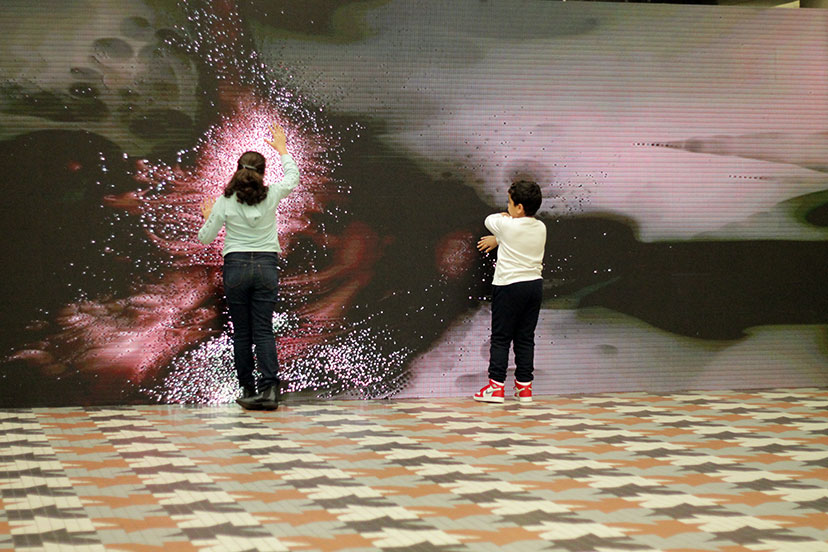
Bloom. Source: bazaar Studios
They are an eye-opener. As you take it all in, you realize that this is a problem in our own backyard, not a faraway global one. 90% of Kuwait’s coral is already gone and Kuwait’s arable land area is shrinking.
The large touch screen installation called Bloom that is located just at the door to enter the exhibit, which responds to your motions and touches utilizing special sensors, mirrors the consequences of our actions. What we do creates a ripple effect in the world around us.
As you enter you realize that it is dark inside. The lights and accent colors are yellowish. The vibe screams urgency. An intentional decision by the exhibit’s curator Zahed Sultan, subliminally broadcasting that danger is imminent unless we change.
The installations are interactive, the artists want you to touch them, move around them but most of all they want you to look beyond the artistic and think of the stark reality that we are creating. Storm Tunnel, lets you walk through an approximation of airborne debris in the environment.
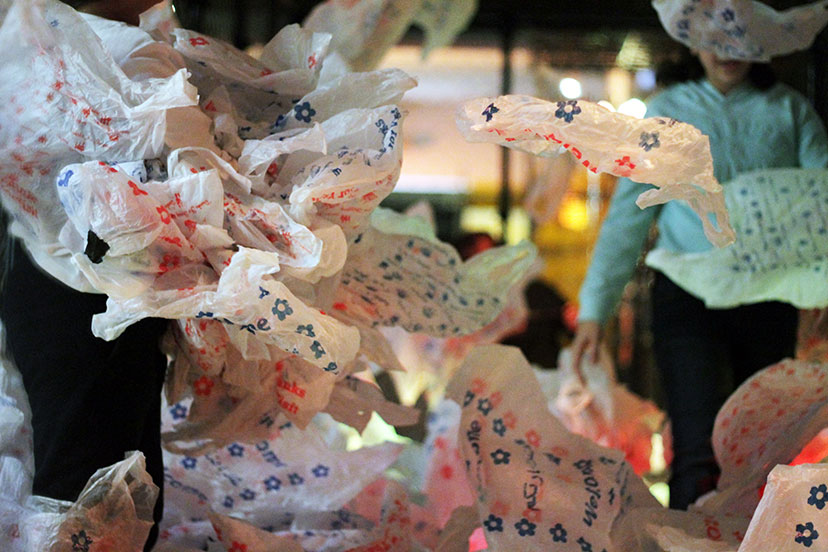
Storm Tunnel. Source: bazaar Studios
Echoes uses a section of a Mulberry tree as a record to play music directly from the wood. You can play the drums in the Upcycled Music installation.
Human Sensor is another interesting piece that melds digital technology with fashion, creating a performative and walking art work jacket and face mask that change colors when the wearer is exposed to air pollutants.
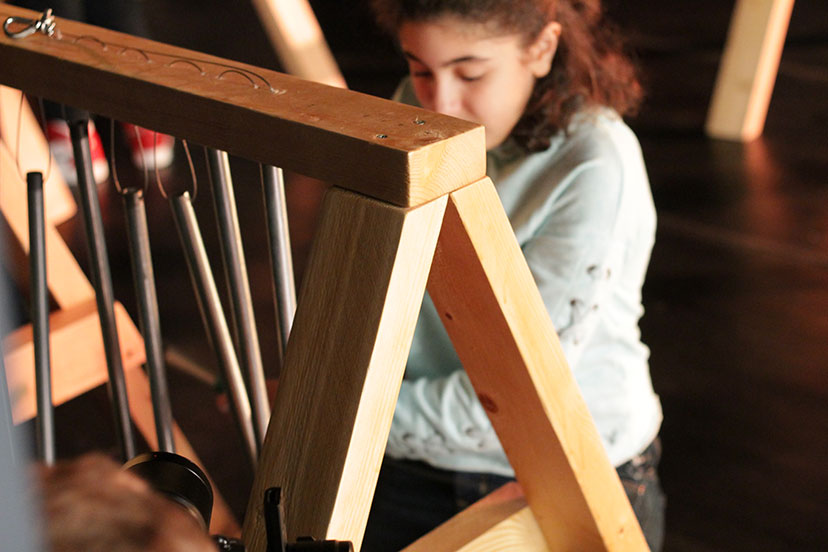
Upcycled Music. Source: bazaar Studios
While the topic of the exhibit is very serious, the Candy Parti installation is playful and challenges viewers to consider the impact of their consumption of plastic by offering them a choice to eat candy and create plastic waste, of which only 10-13% is ever recycled, or to conserve the candy so that the installation can remain intact for future visitors.
A direct parody of the “consume now ignore future generations” mindset that many of us have right now.
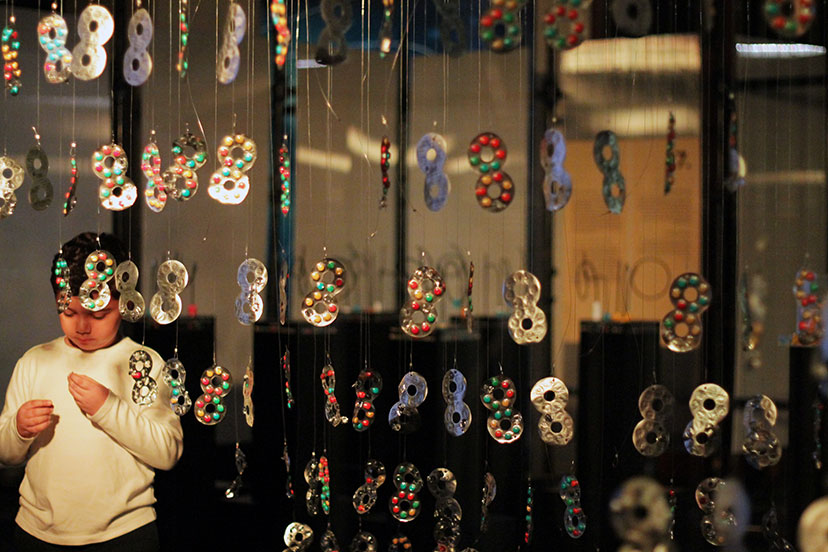
Candy Parti. Source: bazaar Studios
The most haunting exhibit was Phonofolium. A mechanized tree reacts audibly to touch. A gentle stroke generates a soft roar while a tug or a hard pull makes the tree scream. It definitely makes you think twice about being rough with plants again, let alone mindlessly pulling off a leaf.
There are many more exhibits to see and explore. And while the themes are mature, children can easily grasp them all by touching and watching. All of the installations are self-explanatory, but Explainers are available to offer more information if you request it.
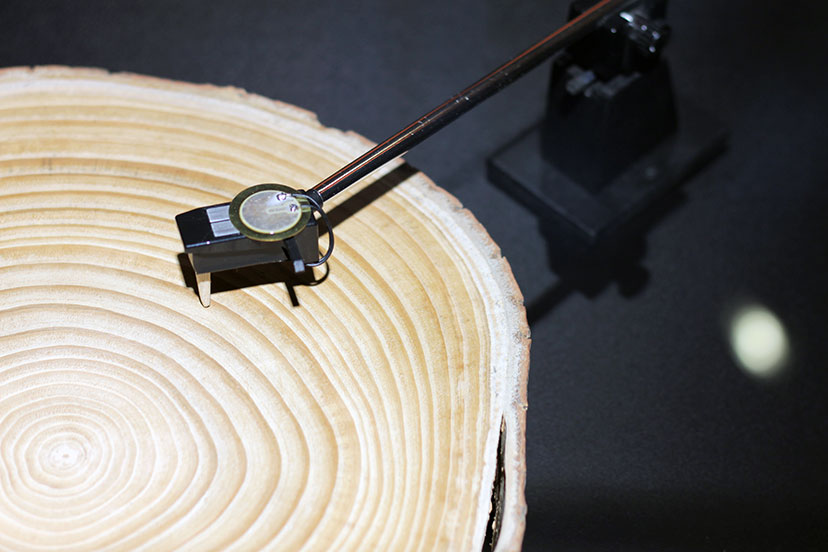
Echoes. Source: bazaar Studios
The project offers a fantastic spring board for conversation, thought and change. It might be possible to get though the entire exhibit in an hour, but you want to make time to stand, think and let it sink in before you move on to the next one. The Scientific Center will be organizing workshops and lectures that cater to different age ranges so make sure to follow them on social media to stay updated.
We have a long road ahead of us, but The Scientific Center are already leading the way in educating people to the importance of the size of the environmental crisis in Kuwait and to motivate them to make the changes for a better tomorrow. And that is how change happens.
For more details on the Scientific Center’s Re Use activities, events and workshops follow them on Instagram @re____use and @scicenterkw and Facebook @tsckuwait.
Featured image by bazaar Studios.



